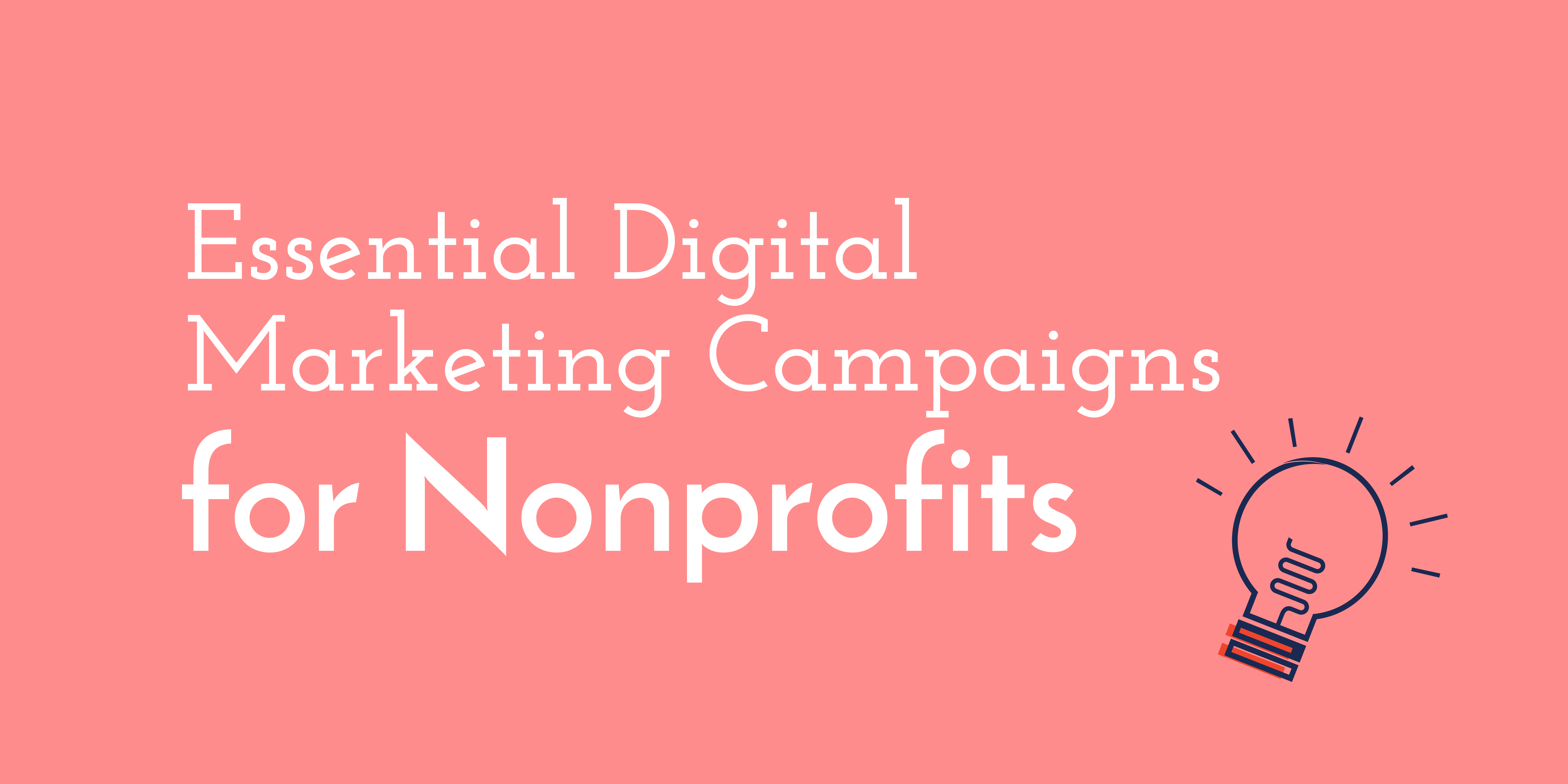
6 Easy Ways Your Nonprofit Can be Eco-Friendly
As a nonprofit, your organization strives to make the world a better place. You raise funds and provide programs that improve the community, usually operating within a limited budget. One great way to save money while also setting a great example for others is to go green. Your employees, volunteers, and supporters will be impressed by the effort, and you’ll have the satisfaction of knowing you’re reducing your carbon footprint. Here are five small changes you can make to improve your nonprofit’s eco-friendliness.
Buy Carbon Offsets
Buy carbon offsets to balance your carbon emissions. Carbon offsets are gaining ground globally. Carbon offset providers work to reduce future emissions by investing in clean energy technologies and follow other green practices such as planting trees. Before signing up with a carbon offset provider, review The Climate Action Reserve which sets standards, rules, and protocols for offsetting projects.
Set Up a Recycling Program
The Environmental Protection Agency recommends following the “three Rs” of environmental friendliness: reduce, reuse, and recycle. Look around the office and find ways that you can cut back on your impact. Make recycling easy by providing receptacles in all common areas and, if possible, in each workspace. As convenient as they are, consider replacing your Keurig with a regular coffeepot to eliminate reliance on pods, which aren’t biodegradable. You could even incentivize eco-friendliness by hosting a competition for the team that reduces its environmental impact the most during each quarter.

Reduce Paper
As you’re stocking your workspaces and common areas, do so with an eye toward conserving. Purchase recycled paper and eco-friendly pens and try to automate where you can to save paper. Encourage employees to share documents electronically or display them as a presentation during meetings rather than printing out stacks of paper to pass around. The easier you can make it for your employees to access documents on their devices, the less likely they’ll be to use paper.
Reduce Energy Consumption
How much energy does your building use when it isn’t occupied? Find ways to cut your utility bill, including turning lights off after hours and reducing heat and cooling on weekends. Switching to CFL or LED lights can also make a big difference in the wattage you’re using to light your office spaces.
Allow Remote Work
In addition to the many other benefits of allowing telecommuting, it’s also a great way to help the environment. Your workers won’t be driving their cars, and you can cut back on electricity use. Best of all, you can shrink your office space, possibly even moving to a smaller building or repurposing those desks into storage areas or meeting rooms. As your business grows, you won’t find yourself having to expand and add more furniture and utilities to support new workers.
Encourage Carpooling
For those employees who do need to come into the office every day, find ways to reduce the number of cars on the road. If you’re paying for parking spaces for workers, instead put that money toward public transportation passes. Match commuters with others who live in a similar area and offer extra perks to those who volunteer to drive others.

Don’t feel pressured to go 100 percent environmentally friendly overnight. Implement small changes over time that gradually reduce your footprint. As your employees see you setting a good example, they’ll feel inspired to make personal changes that will only further help the environment.


